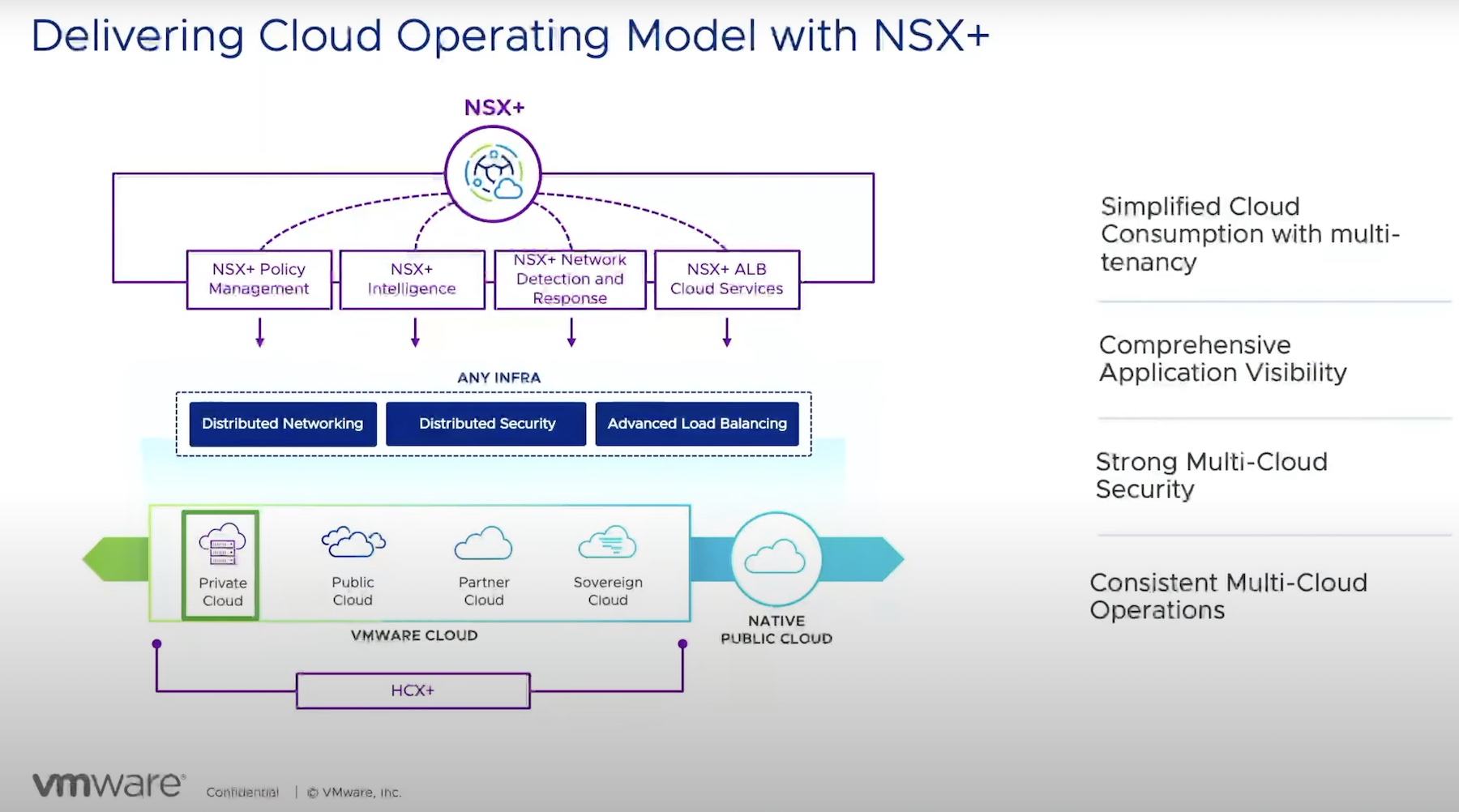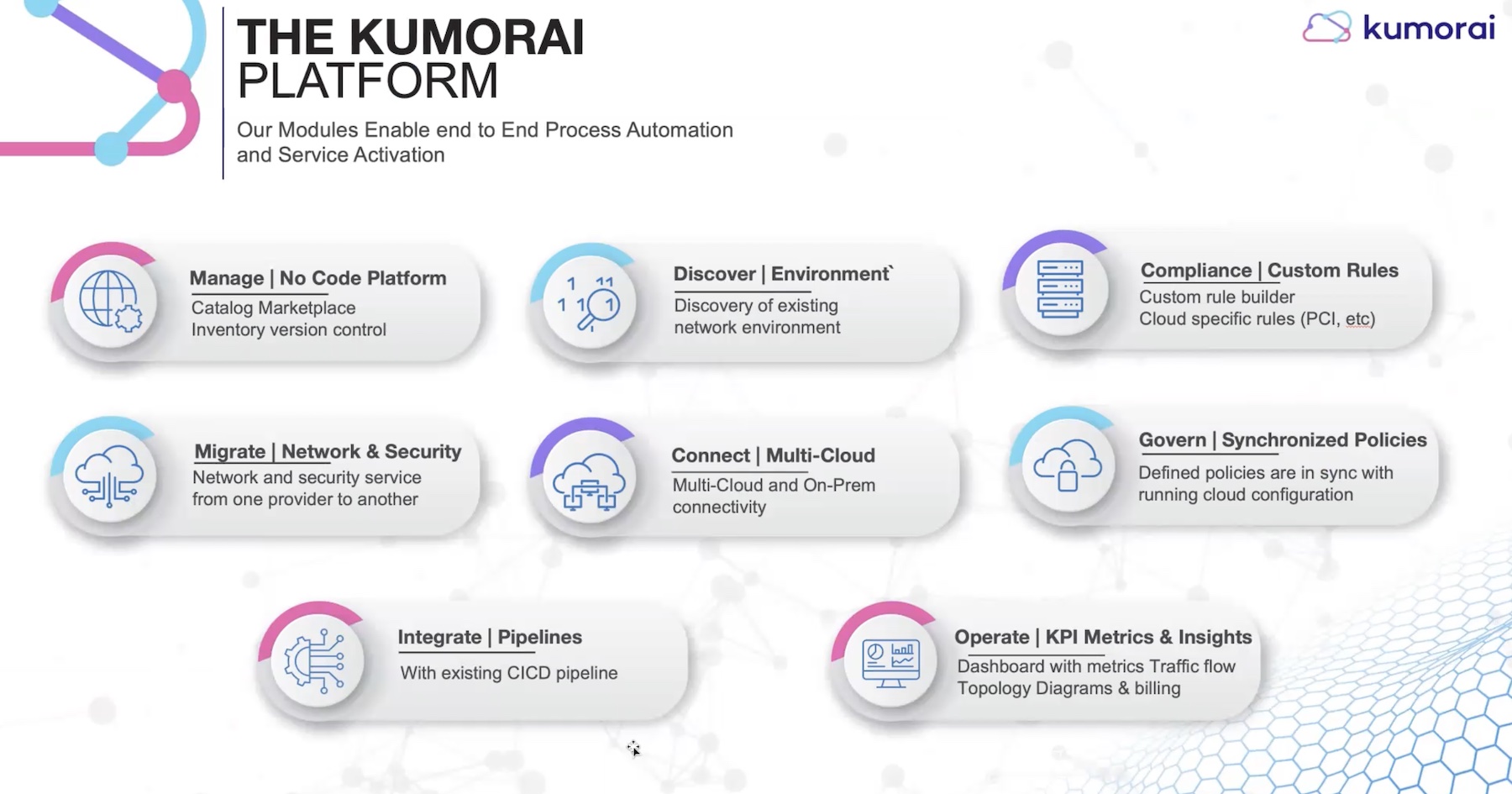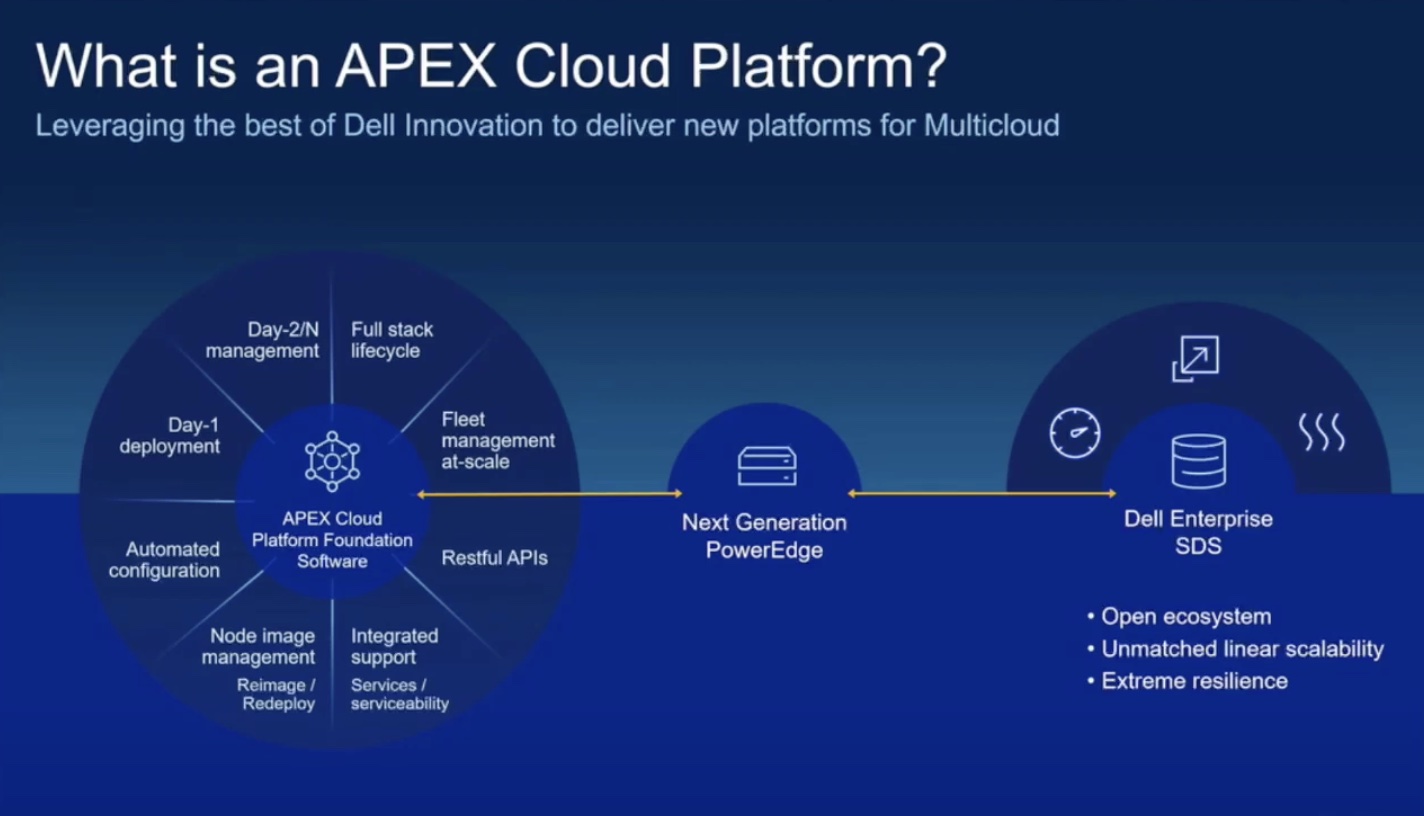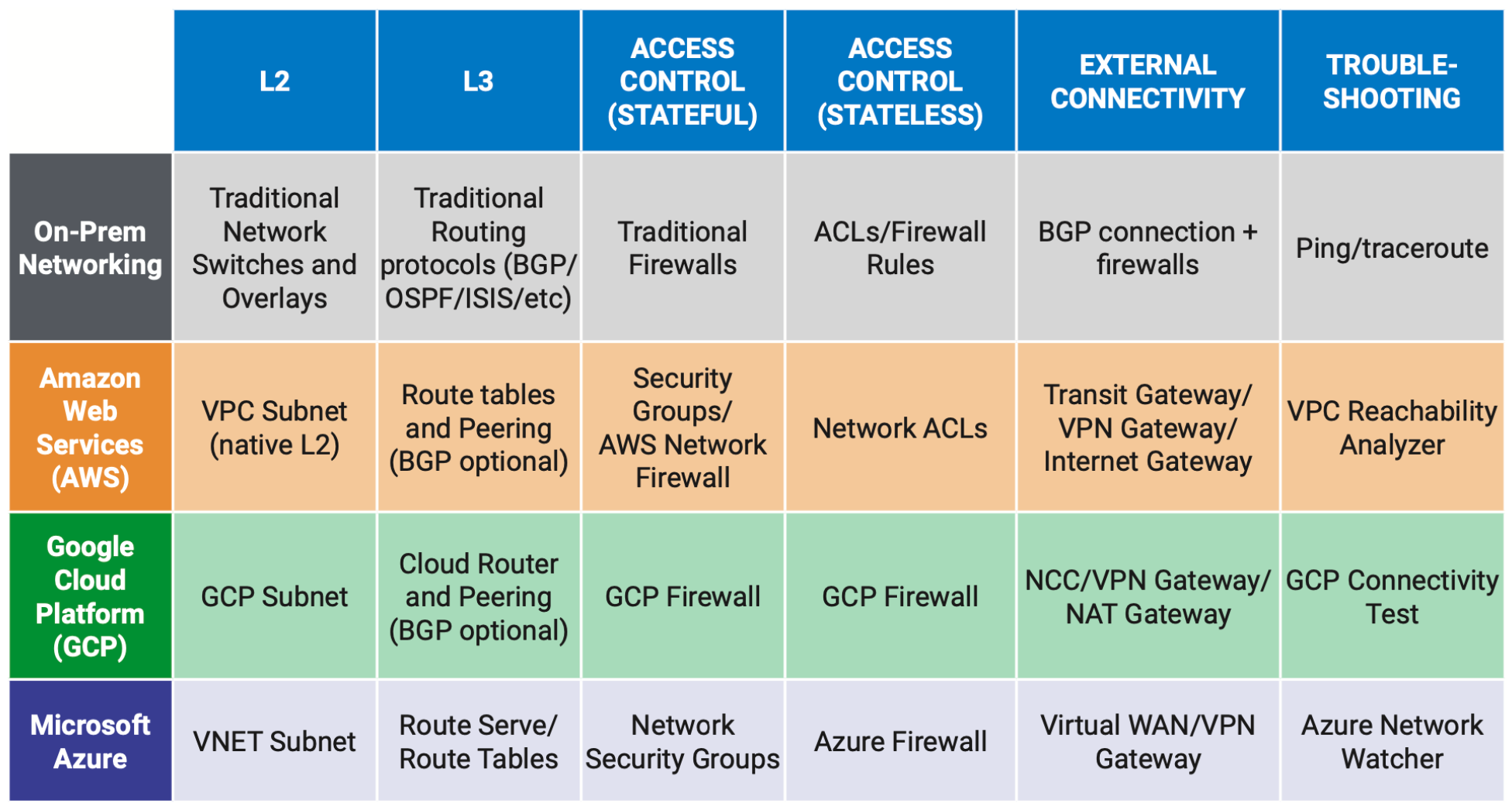Although once a catchy, abstract buzzword, the concept of the hybrid cloud is a very real one that organizations rely on to keep their operations running smoothly. However, in practice, it can be difficult to manage the various solutions and resources across multiple clouds, making hybrid clouds a headache for some IT practitioners. After sitting down with CloudBolt and learning about their multiple cloud management product portfolio, it seems like there is a light at the end of the hybrid cloud tunnel for organizations who want the full picture of their environment.
Delving into the Actuality of Hybrid Clouds
When one hears the term, “hybrid cloud,” many images may come to mind. For some, a hybrid cloud is more of an abstract concept, a joining of public cloud infrastructure with a company’s private resources to keep control over certain software and data while offloading others to places like AWS or Azure as needed.
For others, however, it is a living, breathing, concrete picture of their actual environment. Anyone who runs a hybrid cloud knows that it requires a good bit of scripting knowledge (think Python, JS, and PowerShell) to setup initial automations and orchestration. It also needs host of tools to operate properly, like Jenkins, Ansible, Terraform, and others. Ultimately, hybrid clouds rely on all of these tools to work, and more importantly, work together.
Getting Hybrid Cloud Tools to Talk
CloudBolt believes that integration and extensibility is the key to forming a successful hybrid cloud operation. Below, you can see the critical capabilities of a hybrid cloud as detailed by Gartner. Note, in this particular diagram, CloudBolt has added their 8th critical capability, which their platform is purpose-built to take care of.
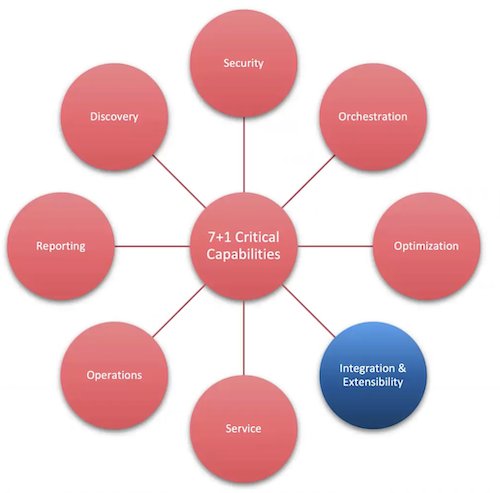
Using CloudBolt, organizations can integrate all of their hybrid cloud scripting, private tools, and public infrastructure into one, easy-to-use management solution. Think with me for a second about Amazon AWS. When you open up AWS, you’re presented with all of the tools and services you use, be it EC2, S3, EBS, RDS, what have you. CloudBolt does the same thing, except instead of just showing you what’s going on in your public cloud infrastructure, it shows you everything across all of the clouds at play in your enterprise.
CloudBolt in Their Own Words
The team at Gestalt IT recently had the opportunity to sit down with Rick Kilcoyne, CloudBolt’s CTO, to discuss their solution in more detail. In our conversation, Kilcoyne described the “wall” that many enterprises hit when implementing their multi-cloud management practices. In his opinion, Kilcoyne believes the wall is created when an organization has many tools at play that are working independently, instead of in concert.
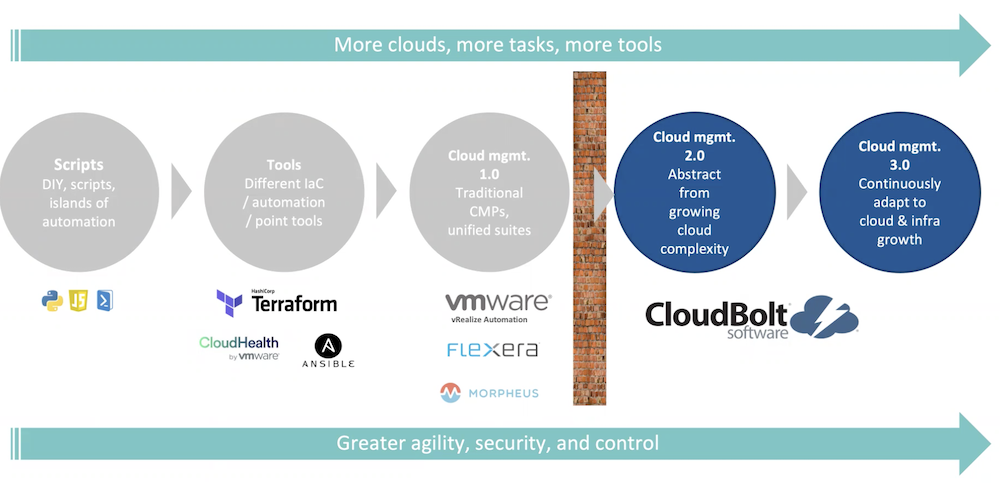
With CloudBolt, Kilcoyne says, organizations can abstract themselves from the complexity of each of their clouds, and instead break beyond the wall to look at their cloud environments holistically, in what he describes as “Cloud Management 2.0.” Going further, with CloudBolt in place to provide control over each of these disparate, decentralized facets, organizations can then move forward, growing and adapting their cloud usage depending on their needs and budget. This state, Kilcoyne claims, is the “holy grail” of managing clouds: “Cloud Management 3.0.”
In the long run, CloudBolt takes the amalgam of public and private cloud resources, and, instead of treating them each as individual parts, looks at them as a whole. In practice, the solution helps you to realize the full reality of your clouds, rather than just treating them as silos that need to be managed on their own.
Zach’s Reaction
CloudBolt gives the enterprise a top-down look at their multiple clouds, which makes managing each of them a quick task, rather than a daunting list of chores. And, unlike other tools that need to hold your hand through the process, CloudBolt’s portfolio enables self-service for rapid, as-you-need-it, cloud management capabilities. I can only imagine the benefits, both short and long term, that CloudBolt provides.
To learn more about CloudBolt, be sure to visit their website for more information and documentation. For more exclusive coverage on companies like CloudBolt and more, be sure to also check out the rest of our content at GestaltIT.com or see our Tech Field Day events and presentations.

